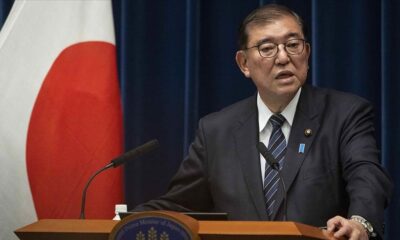Asia
A total failure of US war on terror in Afghanistan

Whatever is the views of analysts regarding evacuation of NATO or US troops from Afghanistan and letting Taliban to occupy power corridors in Afghanistan through Doha Qatar Peace Accord but it could be considered part of America spy master’s strategies for exposing the “hidden militants and militant groups” in the region. In fact, the US made changes in its Afghan policies after 2009 and gave it final touches after targeting Osama Bin Laden on May 2, 2011 last.
In fact, for a very brief period after 9/11, Pakistan, considered a major stakeholder in Afghan conflict, extended visible support to US led allied troops but internally Pakistan’s intelligence agencies remained busy in patronization of Taliban, especially its faction called Haqqani network. Both Haqqani Network and its patrons Pakistan’s secret agencies remained very careful in its acts of carrying out deadly terror acts against the NATO troops throughout Afghanistan. And the US after thorough consultation and in connection with its strategies, offered office in Doha, Qatar. The move remained very successful and now not only Haqqani network but even Al Qaeda fugitives are visible in Kabul and other areas of Afghanistan.
On the other hand, the US has stakes not only in Afghanistan but also in Central Asian Republics, Middle East and especially in Iran. Iran since the failure of US in Syria war, becoming a serious threat to US influence in the region. In particular, Chinese attempts to get occupation of all trade routes in the region is also a serious threat to the US interests in the region. At the moment, Pakistan is in a dominant position in Afghanistan and Pakistan is in close links with Iran. So far the US is very careful in its strategies for tackling the situation that erupted in Afghanistan.
US invaded Afghanistan on pretext of war on terror
In 2001, the USA invaded Afghanistan in pursuit of the war on terror with the support of NATO and over 40 countries. On September 11, 2001, 19 members of al-Qaeda hijacked four commercial airliners, crashing the first two into the World Trade Center in NYC, and the third into the Pentagon. In NYC, nearly 3,000 people lost their lives and over 2,500 others received injuries.
US blamed al-Qaeda for the attacks and decided to send troops to Afghanistan on the pretext of war on terror. The US was in Afghanistan for the last 20 years and eventually withdrew in August 2021.
20 years of US involvement in the Afghan conflict is considered the longest war in the history of the USA.
The highest number of US troops in Afghanistan was in 2011 after then-President Barack Obama decided to increase the number of US forces, which reportedly around 140,000 US and NATO troops were present in Afghanistan.
NATO officially ended its military mission in Afghanistan in 2014 and handed over security responsibility to the Afghan National Security and Defense Forces (ANDSF).
Unwinnable war in Afghanistan
Realizing the fact that war is not winnable in Afghanistan, the former US President Donald Trump pursued the path of reconciliation and appointed Afghan-born US veteran diplomat Zalmay Khalilzad to continue the peace negotiations with the Islamic Emirate’s Qatar-based political office.
After more than 10 rounds of negotiations, Khalilzad reached a peace deal on February 29th, 2020, in Doha.
When the incumbent president Joe Biden won the election, echoed Trump’s policy and openly said they are not interested in nation-building in Afghanistan and stressed on the withdrawal of US troops from Afghanistan no matter even if it resulted into the collapse of western-backed government they supported in the last 20 years.
Finally after spending trillion dollars on training and equipping hundreds of thousands of (ANSDF) and with casualties of 2,448 US forces while another 20,722 were wounded, US accepted defeat and went out of Afghanistan.
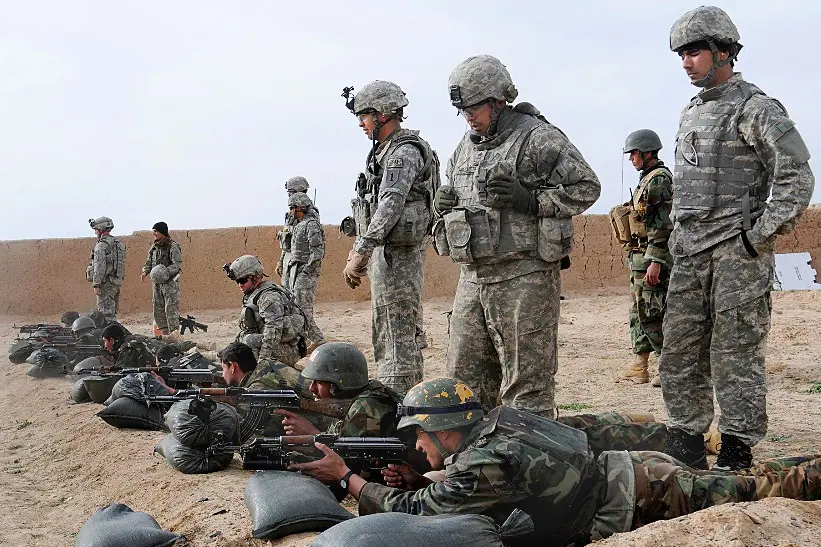
Former Afghan National Army and US forces in Afghanistan.
Reality check:
The main reason behind US presence in Afghanistan was to fight against terrorist group, but is that happened so. With one word we can describe that US not only waged a flop war against terrorist group, but many other groups emerged under the very noise of US presence and the most terrible example is the emerge of the Islamic State (IS), also known as Daesh.
In its July report, the UN Security Council warned that the Daesh group has expanded to other provinces, including Nuristan, Badghis, Sar-e-Pul, Baghlan, Badakhshan, Kunduz, and Kabul, where fighters formed a slipper cell.
The report said: “In its efforts to resurge, ISIL-K has prioritized the recurrent and training of new supporters and to recruit fighters from the Syrian Arab Republic (Assad regime) Iraq and other conflict zones.” Daesh has strength of some 500-1500 militant in Afghanistan and its three key commanders namely Sanaullah Ghafari, a key commander of the terror group, and two so-called spokesmen of the group Sultan Aiz Azam, and Maulaw Rajab were placed on the US specially designated global terrorist list.
The US left Afghanistan at the mercy of Daesh, with many experts believing that the US has been deliberately supporting Daesh to use it as a pressure tool against the current Taliban government. The US reportedly also started supporting the Eastern Turkistan Islamic Movement (ETIM) aimed at further destabilizing Afghanistan and from there to destabilize its rival countries in the neighboring Afghanistan and regional countries.
US aim of Afghanistan occupation
Afghanistan is located on the heart of Asia. It has borders with most rival countries of the US. Afghanistan has borders with Iran, Tajikistan, Turkmenistan, Uzbekistan, Pakistan and a tiny border with China. Afghanistan is also very near to Russia, another biggest rival of US. There is believe that US tried to penetrated into these countries through its 20 years of presence, but these countries were smart enough to prevent any such designs. At one hand, US was trying to pretend that Washington is in Afghanistan to fight terrorist groups, but covertly they were pursing secret agenda, in other hand, the Afghans were very hopeful that US presence is for the betterment of the country, which proved false. US time and again said they were not in Afghanistan for any nation-building purposes, but a simple question arise that why US interfered into internal affairs of Afghanistan, especially in elections and appointing top ministers, especially the Interior, Defense and head of intelligence department. Once US realized they can’t reach its goal to these countries from Afghanistan, they changed their policy in which Afghanistan gradually become insecure after 2006, and many more terrorist groups started emerging. The neighbors and regional countries, especially Iran, the Central Asian states, China and Russia started to strengthen its intelligence department to avoid any terrorist activities inside their soil from Afghanistan.
Jeopardizing regional security
US has a scenario to destabilize Afghanistan similar like Iraq and Syria, to threat its rival countries and now after withdrawing from Afghanistan they still did not recognize the Taliban, and indirectly supporting Daesh to change Afghanistan into a ruin just to reach its goal of destabilizing other countries from the Afghan soil.
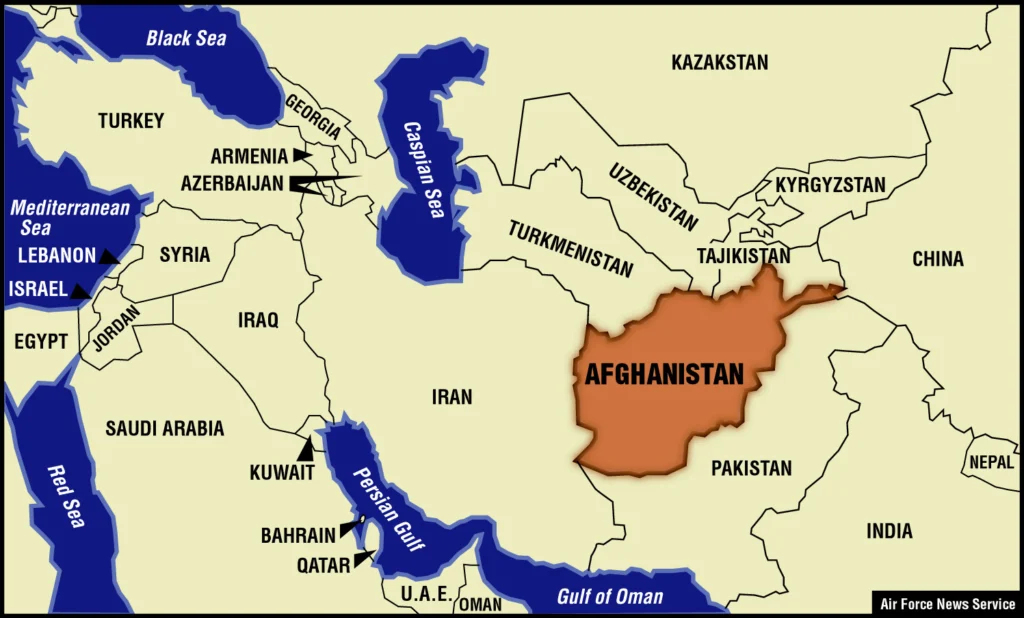
Afghanistan and regional countries in map.
Afghanistan Overview map, ColorIn July, five rockets presumably fired from Afghanistan fell on the border town of Termez in the south of Uzbekistan, a move that raised speculation that the US is pursuing a different agenda. Taliban should also be very careful in its relation with US because Washington abandoned its 20 years allies and let the Taliban to took control of Afghanistan, the same US can support other groups, probably Daesh is in the line, against the Taliban just to reach its goal. The US has approximately left behind $7 billion of military equipment in Afghanistan after withdrawal from the country in August. The equipment is now in a country that is controlled by enemy the US was trying to drive out over the past two decades. This is shocking reality that US has a very secret agenda behind this. US is trying to support other groups, most likely Daesh, and once the terrorist group took control of Afghanistan with $7 billion of military equipment, they can easily threat any country they want and this the long-term policy of US.
Asia
Chinese navy chief and top nuclear scientist expelled from legislature
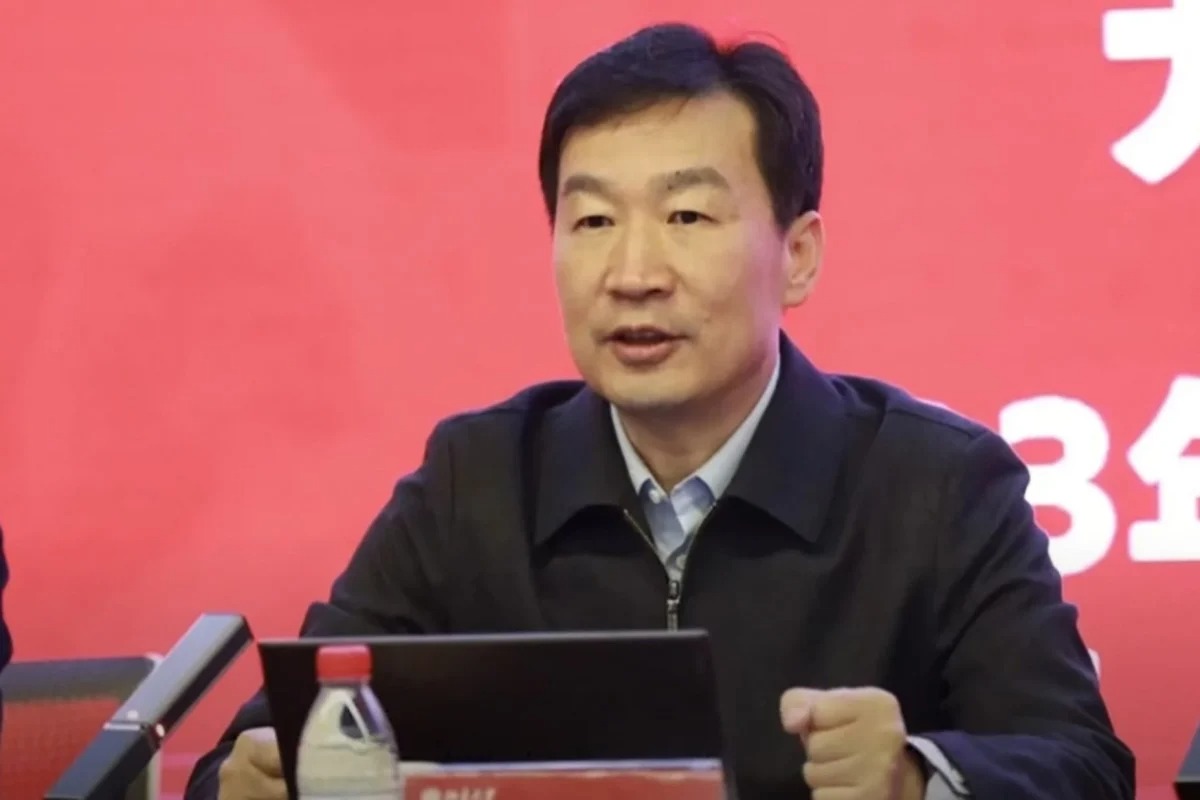
The chief of staff for the People’s Liberation Army (PLA) Navy, Vice Admiral Li Hanjun, and Liu Shipeng, the deputy chief engineer of the state-owned China National Nuclear Corporation, were removed from their positions in the country’s legislative body.
Li is the latest in a series of PLA generals and a handful of defense industry executives implicated in a widespread investigation within the military.
In a statement on Friday, the NPC Standing Committee announced, “The Navy Soldiers’ Congress has decided to remove Li Hanjun from his post as a representative to the 14th National People’s Congress.”
The Gansu People’s Congress also dismissed Liu Shipeng from his role as an NPC deputy.
Additionally, the Standing Committee revealed it had voted to remove Miao Hua, a former top general who previously oversaw the PLA’s ideological work, from the Central Military Commission (CMC), China’s highest military command body led by President Xi Jinping.
The removal of Li and Liu from their NPC memberships suggests they are facing serious disciplinary action.
China typically remains silent about purges within the military, and announcements from the NPC are one of the few indicators of such campaigns.
There is little public information available about Li and Liu, as both have worked in sensitive positions.
Before becoming the navy’s chief of staff, Li, 60, was the deputy director of the CMC’s Training and Administration Department. He was appointed to this role after serving for a year in the CMC’s Office for Reform and Organisational Structure.
In 2014, he was promoted to vice admiral upon his appointment as commander of the naval base in Fujian province, where Miao also spent a significant part of his career. At that time, he was the director of training at the China Naval Command College and was soon promoted to president of the school.
According to official media reports, nuclear scientist Liu was born into a family that “served China’s nuclear dream for three generations.”
As the deputy chief engineer at CNNC, which oversees all aspects of China’s civil and military nuclear programs, Liu also served as the Communist Party secretary and president of CNNC’s “404 base” in Gansu.
Covering an area of over 1,000 square kilometers, the base was established in 1958 and is the country’s first and largest nuclear research center. It played a crucial role in the development of China’s first atomic bomb in 1964 and its first hydrogen bomb three years later.
This secretive base is still considered a key hub for China’s nuclear deterrence and nuclear industry.
According to statements from provincial authorities, Liu was named “Gansu’s outstanding entrepreneur” in 2023.
Asia
China, US reach agreement on export controls
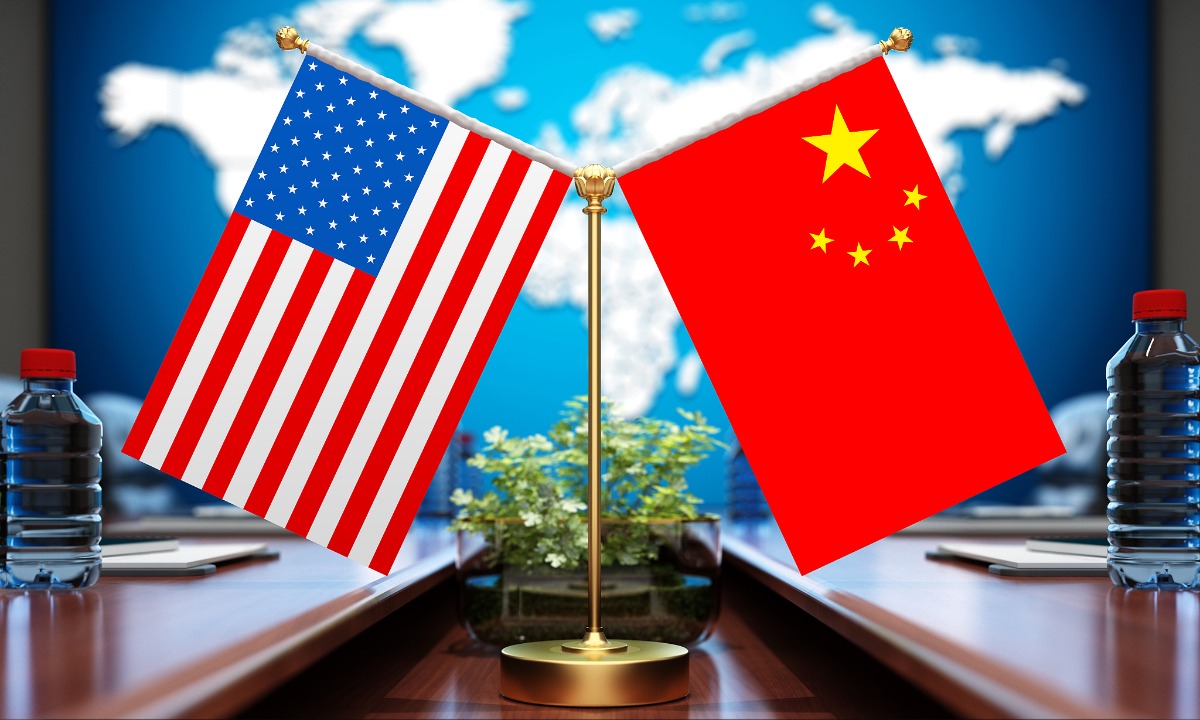
The Chinese Ministry of Commerce announced on Friday afternoon that Beijing and Washington have remained in close contact since the two-day trade talks in London earlier this month, confirming the details of a framework agreement.
“China will review and approve export applications for controlled items in accordance with its laws and regulations, and the US side will, in turn, lift a series of restrictive measures against China,” the ministry stated.
“We hope the US side will cooperate with China in line with the important consensus and conditions established during the conversation between the two presidents on June 5,” the statement continued.
On Thursday, US President Donald Trump said the US had “signed” a trade deal with China the previous day, without providing details.
“We signed the deal with China yesterday, right? We signed the deal with China,” Trump said at a White House event introducing a budget law. “With the China deal, we are starting to open up China,” he added.
He also mentioned that a “very big” deal, likely with India, would be signed soon.
Rare earth elements
Following the event, US Commerce Secretary Howard Lutnick told reporters that the US and China had signed an agreement codifying the terms decided upon in previous trade negotiations.
“They will deliver rare earth elements to us,” Lutnick said in a televised interview with Bloomberg, adding that if this commitment is fulfilled, Washington will lift its “countermeasures.”
Rare earth elements, essential for producing high-tech products, including those for the defense industry, were a major point of contention in the trade talks. China holds a near-monopoly on the supply of these minerals due to its massive share of global refining capacity.
Responding to a question on Thursday about rare earth exports, ministry spokesman He Yadong said China had approved a “certain number” of applications and would “continue to strengthen” the review and approval process for eligible applications.
He added that Beijing is willing to “strengthen communication and dialogue” with other countries on export controls and actively promote appropriate trade.
Lutnick also stated that the US plans to reach agreements with 10 major trading partners in the coming weeks. The deadline for countries to negotiate trade terms before higher tariffs are reinstated was July 9, following a 90-day suspension of import tariff hikes announced on April 2.
The two negotiating teams concluded the London talks by announcing they had agreed “in principle” on a “framework” that both sides would take home for their respective leaders to review, as they sought to get their uneasy truce, signed last month in Geneva, back on track.
The negotiations began after a highly anticipated phone call between Xi Jinping and Trump, which seemingly ended an intractable stalemate.
In the weeks following the initial agreement in Switzerland, Washington claimed China was restricting exports of critical minerals, while Beijing reacted to US restrictions on semiconductors and threats to impose visa barriers on Chinese students.
Asia
China hosts SCO defense ministers on warship amid regional tensions
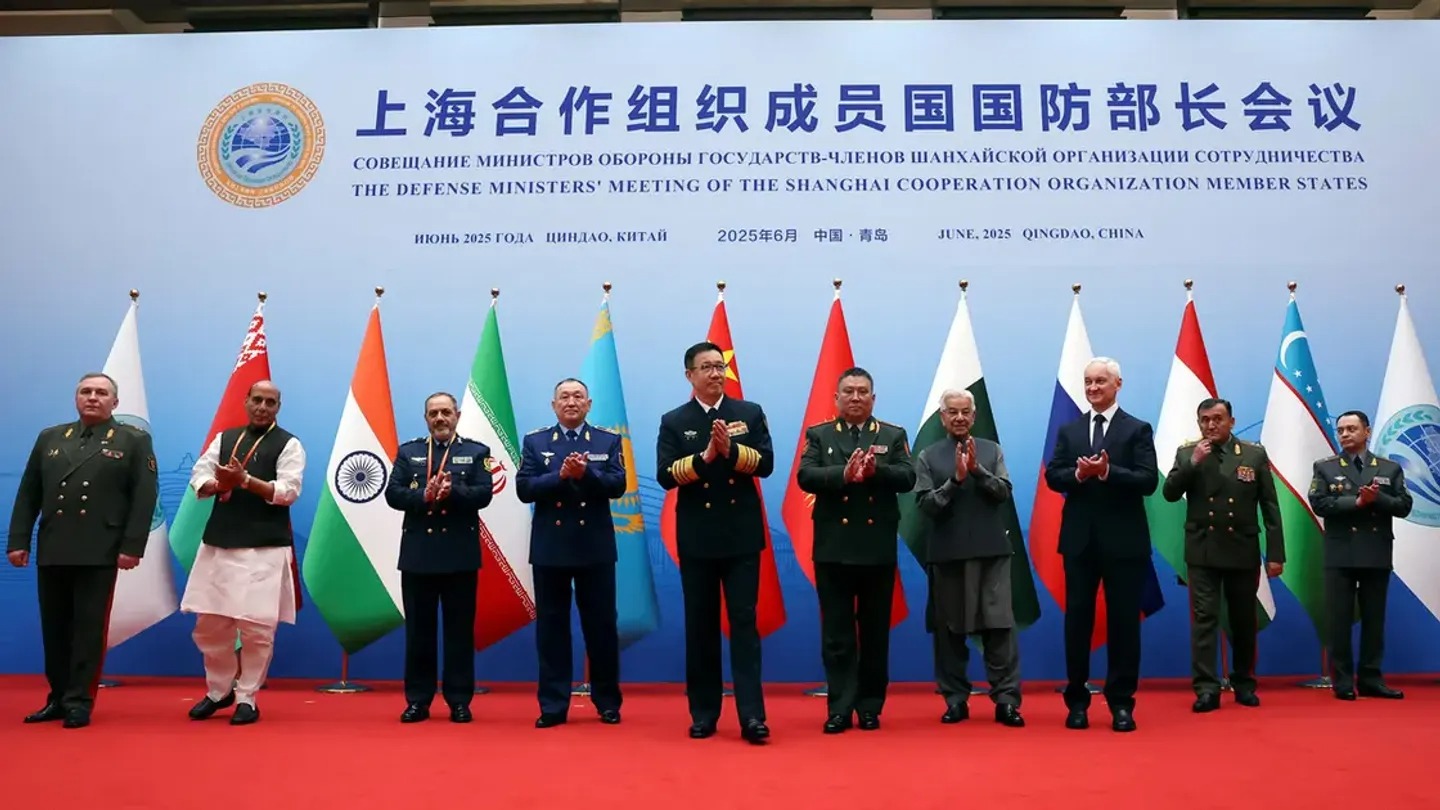
Chinese Defense Minister Dong Jun hosted his Iranian counterpart and other high-level defense officials from Shanghai Cooperation Organisation (SCO) member states aboard an advanced Chinese warship, just days after the US bombed Iran’s nuclear facilities.
Iranian Defense Minister Aziz Nasirzadeh was among the defense officials welcomed by Dong on a military vessel in the coastal city of Qingdao, China, as part of a two-day SCO defense ministers’ meeting that concluded on Thursday.
According to Chinese state television CCTV, Nasirzadeh and other defense officials toured the People’s Liberation Army (PLA) Navy’s Type 052D destroyer, the Kaifeng, and later attended a reception on the ship’s deck.

Aboard the ship, Nasirzadeh thanked Beijing for “supporting Iran’s legitimate position following the recent attacks” by Israel and the US.
“We hope that China will continue to stand on the side of justice, help maintain the current ceasefire, and play a greater role in de-escalating regional tensions,” Nasirzadeh said, according to Xinhua.
In his address to the assembled ministers, Dong reportedly stated that “unilateralism, protectionism, and hegemonic and bullying acts are on the rise, seriously disrupting the international order and becoming the greatest source of chaos and conflict.”
Dong called for closer cooperation within the United Nations, the SCO, and other multilateral frameworks, urging members to unite with “more like-minded forces” to defend international justice and maintain global stability.
“SCO countries must remain true to the organization’s founding ideals, uphold the ‘Shanghai Spirit,’ and deepen practical cooperation in all areas,” Dong said. “With stronger actions, we can jointly safeguard a peaceful environment for development,” he added.
The event followed the US attacks on three of Iran’s key nuclear facilities on Saturday, which Beijing strongly condemned.
The Chinese Foreign Ministry stated that the attacks on nuclear facilities under the supervision of the International Atomic Energy Agency seriously violated the UN Charter and its principles.
Additionally, the SCO meeting coincided with a NATO leaders’ summit in The Hague. In a statement from The Hague, US President Donald Trump announced that the US would hold talks with Iran about a possible nuclear deal “in the coming week.”
Bilateral Talks
According to Xinhua, the Chinese defense minister later held separate bilateral meetings with the defense ministers of Belarus, Pakistan, Kyrgyzstan, and Russia. The state news agency reported that all parties appreciated Beijing’s efforts and significant contributions to developing SCO operational mechanisms and deepening inter-sectoral cooperation during its rotating presidency. They also expressed a strong will to further consolidate and expand military ties.
Pakistani Defense Minister Khawaja Asif praised Beijing’s role in de-escalating tensions. “Pakistan highly values its robust friendship with China and is ready to work together to implement its three global initiatives, deepen military cooperation, and help maintain regional peace and stability,” he said.
For Russian Defense Minister Andrei Belousov, this year—the 80th anniversary of the victory in World War II, the Chinese people’s war of resistance against Japanese aggression, and the world’s anti-fascist war—presents an opportunity to deepen bilateral military relations. “In line with the consensus of our leaders, we will intensify strategic communication and cooperation and contribute to global strategic stability,” he said.
Meanwhile, Indian Defense Minister Rajnath Singh also attended the Qingdao meeting. This marked the first visit by an Indian defense minister to China since the deadly border clash between the two countries in 2020.
Military trust
According to the Chinese Ministry of Defense, the SCO defense ministers’ meeting is one of the key events held during China’s rotating presidency of the SCO this year. The ministers, along with representatives from the SCO and regional anti-terrorism bodies, gathered to further strengthen military trust and deepen practical cooperation among member states.
The SCO, a 10-nation bloc comprising China, Russia, Kazakhstan, Kyrgyzstan, Tajikistan, Uzbekistan, Pakistan, India, Iran, and Belarus, currently covers approximately three-fifths of the Eurasian continent and about 43% of the world’s population.
The Beijing meeting, held under the rotating presidency of the Shanghai Cooperation Organisation, highlighted China’s role as a significant international actor and the importance Tehran places on its relationship with Beijing, even as China has largely remained on the sidelines of the Israel-Iran conflict.
During a regular press conference at the Chinese Ministry of Defense on Thursday, when asked if Beijing was considering providing military support to Iran as an SCO member, ministry spokesman Zhang Xiaogang told CNN, “China is ready to cooperate with all parties to play a constructive role in maintaining peace and stability in the Middle East.”
Kaifeng destroyer
The Kaifeng destroyer, where the meeting’s reception was held, is the sixth vessel of the extended Type 052D variant and serves in the North Sea Fleet. Commissioned in April 2021, the ship is approximately 159 meters (521 feet) long, weighs 7,500 tons, and is equipped with 517C anti-stealth radar. Its expanded deck allows for the landing of the PLA Navy’s Z-20 helicopters.
The warship has conducted numerous long-range exercises, including a passage through the Tsushima Strait in April, as part of Beijing’s growing operational presence in the western Pacific.
It was publicly displayed during the 74th-anniversary celebrations of the Chinese navy in Qingdao in 2023.
-
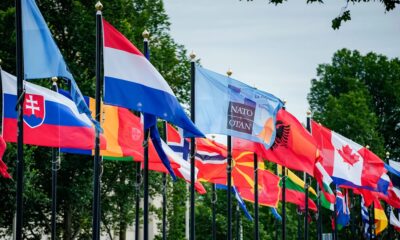
 Diplomacy2 weeks ago
Diplomacy2 weeks agoNATO summit focuses on arms race in the Silicon Valley age
-

 Europe2 weeks ago
Europe2 weeks agoIsrael-Iran conflict postpones EU plan for Russian oil sanctions
-

 Europe2 weeks ago
Europe2 weeks agoGermany to expand military with 11,000 new personnel this year
-
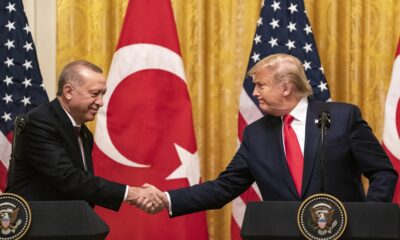
 Diplomacy2 weeks ago
Diplomacy2 weeks agoErdoğan to meet Trump at NATO summit to mend relations
-
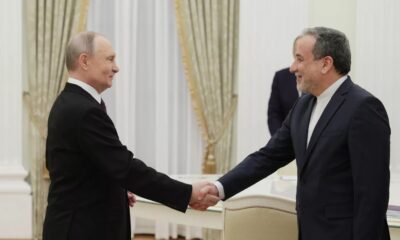
 Diplomacy2 weeks ago
Diplomacy2 weeks agoIranian foreign minister travels to Moscow for Putin talks after US strikes
-

 Diplomacy2 weeks ago
Diplomacy2 weeks agoBRICS internal trade volume hits the $1 trillion mark
-
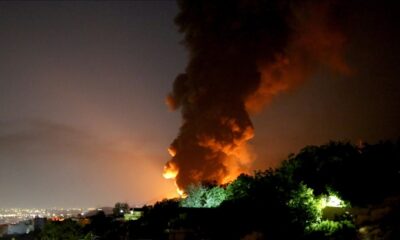
 Middle East2 weeks ago
Middle East2 weeks agoUS bombs Iranian nuclear sites, sparking fears of wider conflict
-
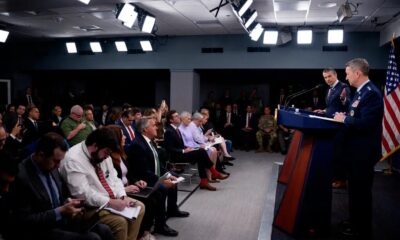
 America2 weeks ago
America2 weeks agoPentagon divided over military priorities in Asia and the Middle East


